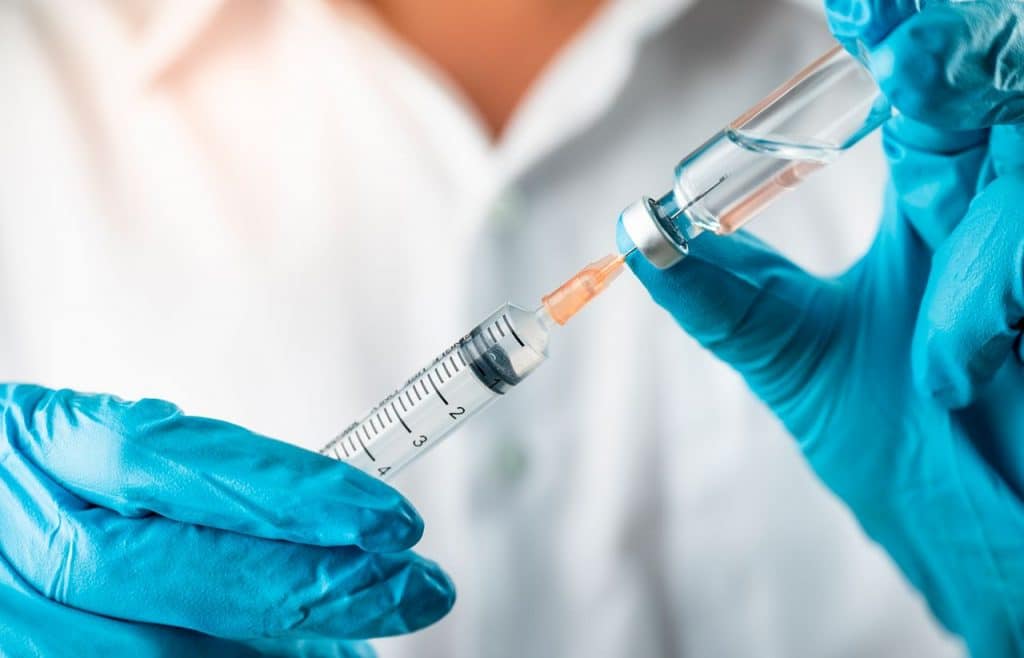Firstly, how does your immune system work?
Your immune system is your body’s natural defence mechanism against the germs you encounter every day. We call these harmful germs antigens. Antigens may be bacteria, virus, fungi, or another type of foreign substance. Your immune system recognises antigens and mounts an attack against it to remove it from the body and prevent infection. Once your immune system has encountered a specific antigen, it remembers it by generating memory cells.
So, how do vaccines work?
Vaccines expose your immune system to a weakened or killed version of an antigen, one that cannot cause infection but can generate these memory cells. If you encounter the same antigen again, your immune system remembers this antigen and rapidly produces the specific antibodies to destroy it. In some cases, you may still get a less serious form of the illness.
Natural immunity occurs when you become infected with an antigen and develop immunity through memory cells as outlined above. Vaccines are a clever way to gain immunity without ever having to be infected. Using weakened versions, killed or parts of antigens that cannot cause infection, we can help our immune system learn how to fight these infections better in the future.
4 Main Types of Vaccines
1. Live Attenuated
The whole antigen is used, but it has been weakened to make it less pathogenic. It can simulate an immune response and create memory immune cells but is not strong enough to cause disease. Measles, mumps, rubella, varicella, rotavirus, smallpox, and yellow fever are live attenuated vaccines. These vaccines should be avoided during pregnancy due to temporarily weakened immune systems.
2. Inactivated
The whole antigen is used, but it has been killed in the laboratory using heat or formalin. Inactivated antigens do not simulate an immune response as strong as live attenuated vaccines, and as a result, these types of vaccines often require booster shots to maintain immunity. Hepatitis A, polio, rabies and influenza are inactivated vaccines.
3. Subunit
Only a fraction of the antigen is used, like polysaccharides or proteins. These vaccines use the portion of the antigen that the immune cells respond to. Hepatitis B, human papilloma virus, Bordetella pertussis and varicella zoster are subunit vaccines.
4. Toxoid
These are vaccines that create immunity against the toxin produced by the antigen rather than the antigen itself. Examples of these are the tetanus vaccine, which protects against the tetanus toxin produced by the bacteria Clostridium tetani, and the diphtheria toxin produced by the bacteria Corynebacterium diphtheriae. For these vaccines, the toxin is deactivated with heat or formalin.
We recommend following the immunisation schedule to protect yourself and the community from preventable diseases. Please call reception on 07 3852 4878 to book a consultation with one of our General Practitioners.
The information in this article has been adapted from:
Health Direct, Immune System https://www.healthdirect.gov.au/immune-system accessed 1st July 2021
Australian Government Department of Health, How does immunisation work < https://www.health.gov.au/health-topics/immunisation/about-immunisation/how-does-immunisation-work accessed 1st July 2021
World Health Organisation, Types of vaccine https://vaccine-safety-training.org/types-of-vaccine-overview.html accessed 1st July 2021
This article was written by April Stevens BSc. MD student.
5th July 2021.

